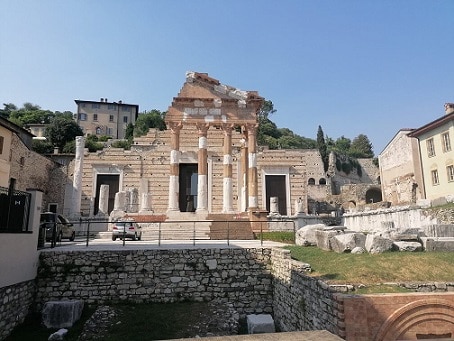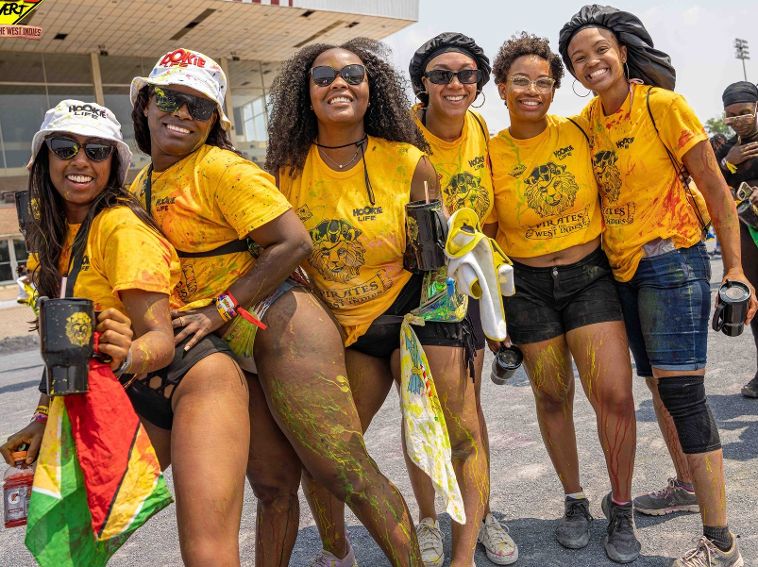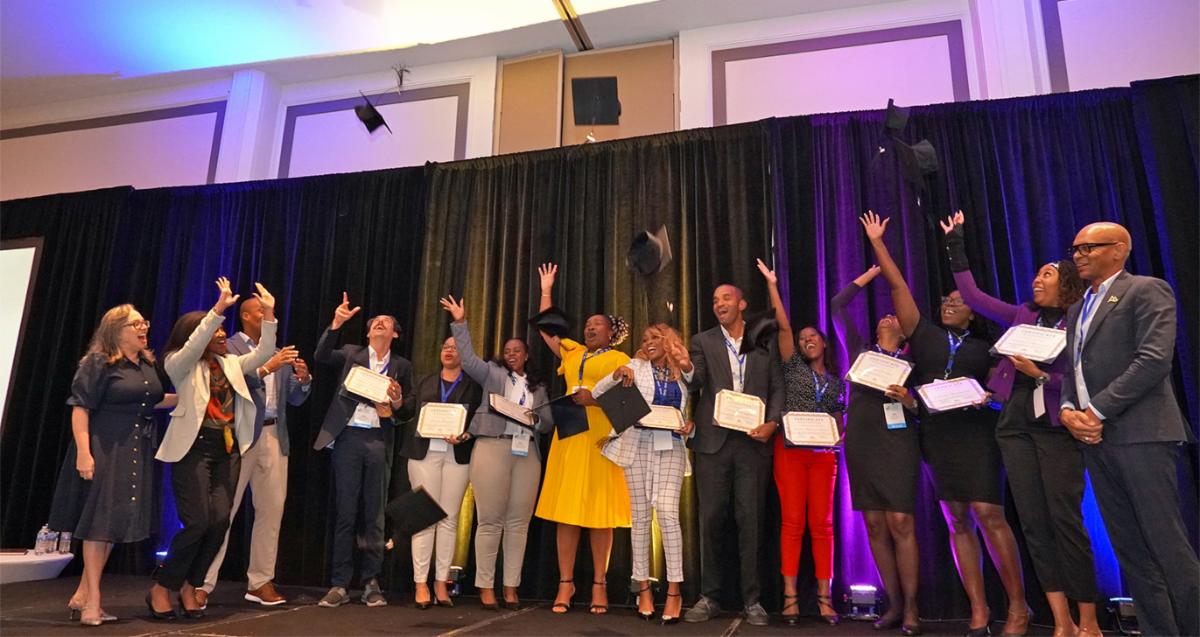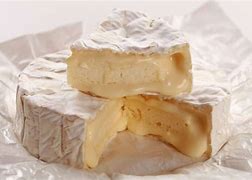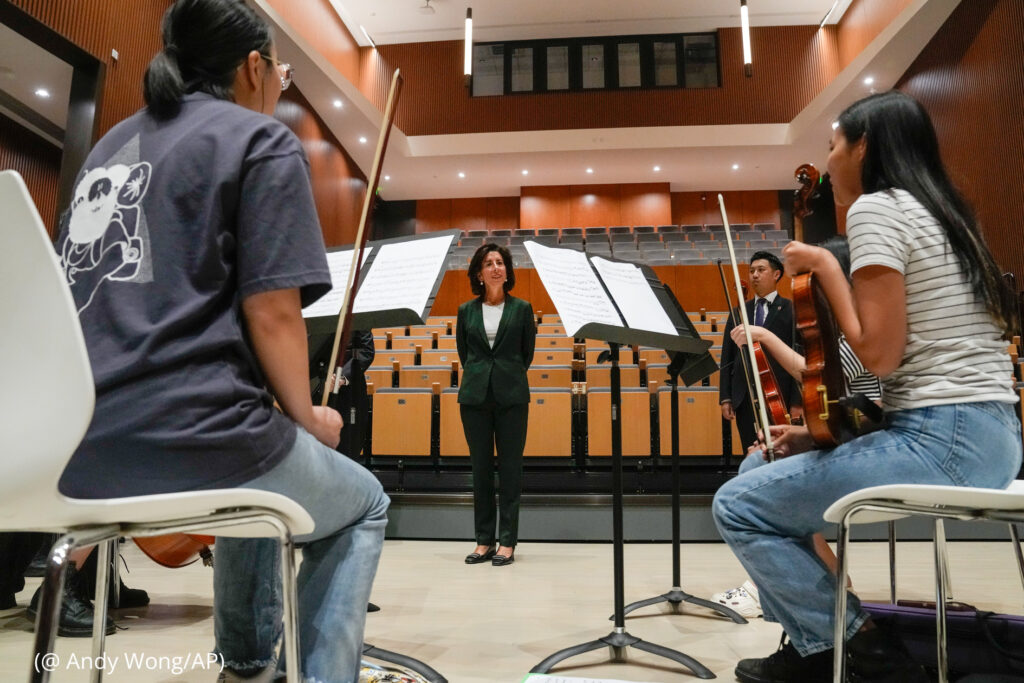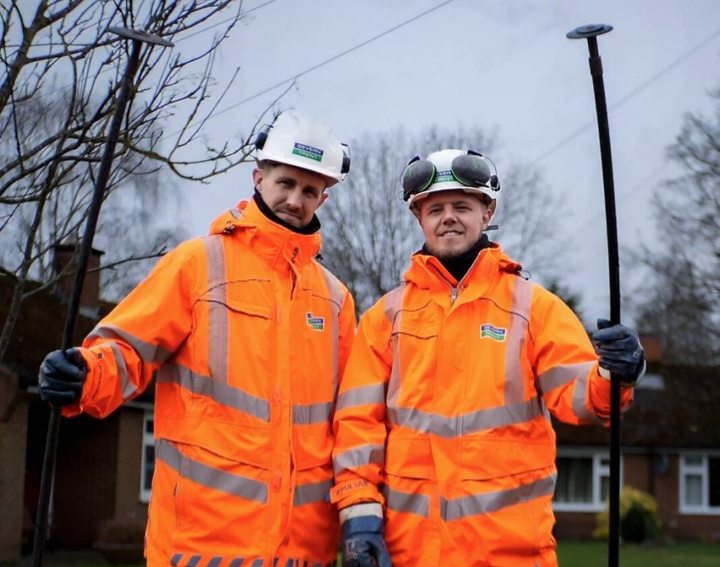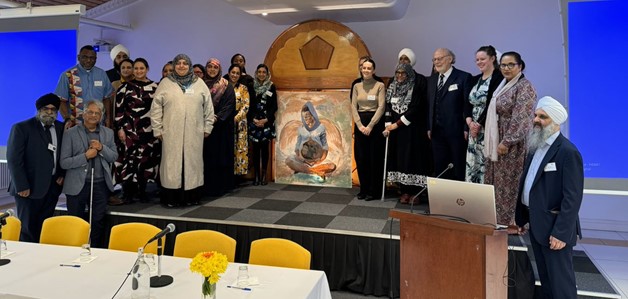In the first 6 months of the Italian Capital of Culture 2023 year, Bergamo and Brescia welcomed over 4.8 million tourists from abroad (Spain, Germany, France, United Kingdom, Switzerland, Poland, India, and the United States), but also visitors from Lombardy and the rest of Italy. The increase, compared to the first half of 2022 is close to 50% (+48.8%), with overnight stays increasing by 50%.
The busy calendar of exhibitions of over 1,100 organized events and theatrical performances has awakened the interest of visitors from the opening date, January 2023 to the month of June, 6 months on average, 6 a day. “Results beyond expectations” say the 2 mayors – Giorgio Gori of Bergamo and Laura Castelletti, new Mayor of Brescia (since May 2023) and the first women to hold the position.
The Resting Boxer and the Winged Victory of Brescia, 2 extraordinary bronzes from the Hellenistic and Roman periods, both protagonists of recent enhancements and epochal restorations, were exhibited together for the first time in the Capitolium of Brixia, (Latin for Brescia) the archaeological park of Roman Brescia. The exhibition, opened to the public in July 2023, and marks the significant inter-institutional collaboration between the 2 museums – the Roman one and the Brescia one.
The Boxer and the Victory builds the ideal link between the archaeological heritage of the Urbe (Rome), unique in the world, and that of Brescia, the Latin Brixia, the object of an exemplary enhancement and redevelopment program that the “Brescia Musei” Foundation has undertaken with the installation of the Winged Victory in the new Capitolium of the imperial age designed by Juan Navarro Baldeweg with a spectacular new layout curated by the same architect, already author of the evocative and fascinating location of the Winged Victory.
The Resting Boxer and the Winged Victory have different chronologies (variously dated between the 4th and 1st century BC, the Boxer and the mid-1st century AD the Winged Victory) and different histories of the first part of their “life.” The athlete certainly exhibited in a public space – perhaps in Greece – and object of admiration as indicated by the surfaces worn by the caresses of the admirers, while the Winged Victory probably exhibited in the area of the temple, in Brescia, as a votive offering donated by the Roman emperor Vespasian.
The Resting Boxer and the Winged Victory were discovered during archaeological excavations conducted in the 19th century and from that moment they became the object of attention and care, soon becoming part of public museum collections. The strategy of inserting the 2 works of global resonance “halfway” between the inauguration of the year of the Culture on January 28, 2023 – and its closure on December 31, 2023 – foresees a new boom in visitors.
The 2 Capitals of Culture – Bergamo and Brescia – share the stage after the tragic events of 2020 when the COVID pandemic hit these 2 cities particularly hard right from the start. Today, Bergamo, like Budapest, is known for its historic Upper Town dominating the lower town, the Valle Padana, and discovered by tourism for over 20 years.
Brescia is a destination to be discovered among important remains from the Roman era and its best museums in Northern Italy. Both have an avant-garde gastronomic panorama. It was founded by the Celts, who settled at the foot of the Cidneo hill. Subsequently, they formed an alliance with the Romans – before Romanizing themselves – and it is precisely the Roman city, built by Emperor Vespasian, the ideal starting point for visiting it.
Where the ancient forum once stood, today, one can admire a huge sloping square surmounted by the Capitolium, or Capitoline Temple, a large temple with 3 chapels framed by gigantic columns. Its basement holds an extraordinary treasure: the chapel of an ancient Roman temple with vividly coloured frescoes and decorative garlands painted with the trompe l’oeil technique.
Next to the Capitolium is a Roman theatre, the Santa Giulia Museum, housed in an ancient monastic complex dating back to the 8th century. The finds preserved here, which trace the history of the city from prehistory to the present day, include polished bronzes and Roman mosaics, up to the church of Santa Maria in Solario, entirely frescoed with a dome decorated with a starry sky.
But Brescia does not only offer artifacts and stories of its history – it is a rich industrial city, a lively environment in which to experience a taste of the famous sweet life. Bergamo and Brescia Italian capital of culture 2023 will be an open building site for all Italian and foreign visitors dedicated to the connection between cultural policies and artistic social practices as well as technological innovations.
It will be activated with projects aimed at generating shared visions of social forces, festivals, and large-scale events. The 2 cities are in fact the first major cultural policy experiment on a national scale aimed at supporting the growth of a territory by looking at its economic, industrial, and social development – a project that goes beyond the year of the 2023 event to build the conditions for a new future for territorial communities and Italy.




